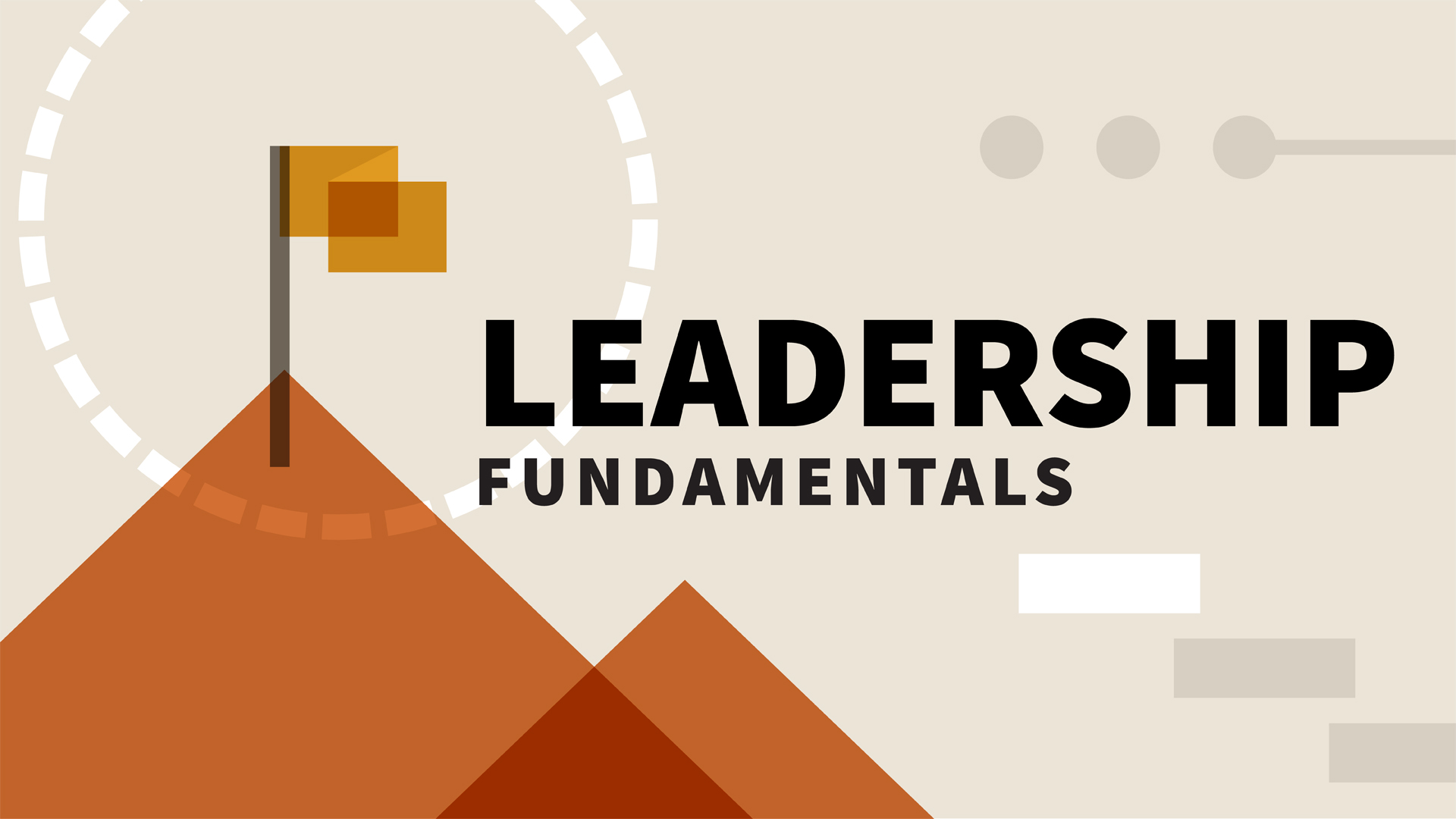The skills and knowledge to become an effective leader is essential to advancing in your career. After all, a leader has the greatest influence on their employees’ results and productivity. So it’s essential to learn about the key elements of leadership, and Leadership Fundamentals will help you to acquire them. What are the key characteristics of an effective leader?
Effective leaders are self-aware
Self-awareness is a key element of effective leadership. It involves constantly assessing one’s own personality and how it affects others. This awareness allows a leader to modify their approach and compensate for their tendencies. Consequently, self-aware leaders can improve their overall performance and increase their team’s productivity.
Self-awareness is the ability to see your own strengths and weaknesses in relation to others. An effective leader is aware of his or her own limits and knows when to use them. Self-aware leaders also study the responses of others and reflect on their own strengths and weaknesses to lead well.
They know their system
Good leaders know their system, and they are always working toward improvement. They also continually seek feedback from others, and they never give up until the job is done. The same holds true of the people they lead. They know the policies and procedures of the organization, and they know when they have done the wrong thing.
They are resourceful
One of the core attributes of a great leader is being resourceful. Resourcefulness helps you maximize what you already have and make it better. For example, if you are a mechanic, you can improve an existing car using aftermarket parts. If you manage a large facility, your maintenance staff can use what they have on hand to solve a problem. You can encourage resourcefulness by publicly recognizing your employees’ efforts and rewarding them for their success.
They are people-oriented
People-oriented leadership is a key component of effective leadership. This style of leadership promotes self-reliance and autonomy in employees, resulting in increased productivity and revenue. By fostering a culture of trust, people-oriented leaders allow employees to take risks and be more open to giving advice to their managers.
Task-oriented leadership is focused on getting the job done and can be very effective for certain types of individuals, but it can be stifling to creativity and impede team culture. Furthermore, it can affect work-life balance and increase turnover.
They are task-oriented
Task-oriented leadership involves identifying tasks and assigning them to the right people. This type of leadership is most effective in industries that have strict targets, as employees need to be given clear direction. It also focuses on incremental milestones that lead to the overall objective. Task-oriented leaders are highly accountable for their employees’ performance. They understand that they need regular reviews to gauge their progress.
Typically, task-oriented leadership involves assigning specific tasks to employees or teams and setting up clear deadlines. This type of leadership is typically seen in project management departments, where meeting deadlines is crucial for project success.
They are democratic
When it comes to making tough decisions, democratic leadership is the way to go. If everyone is on the same page and can make a collective decision, the result is a more unified team. As Krupit learned, this approach works especially well when there are many employees who can bring a different perspective than management. Inspiring employees to take ownership and participate in decision making encourages creativity and innovation.
A good democratic leader demonstrates traits of collaboration and team play, as well as fairness and honesty. This type of leader is also open to feedback and participation. These qualities can prove valuable when you’re dealing with remote workers, as good communication is a key challenge.

